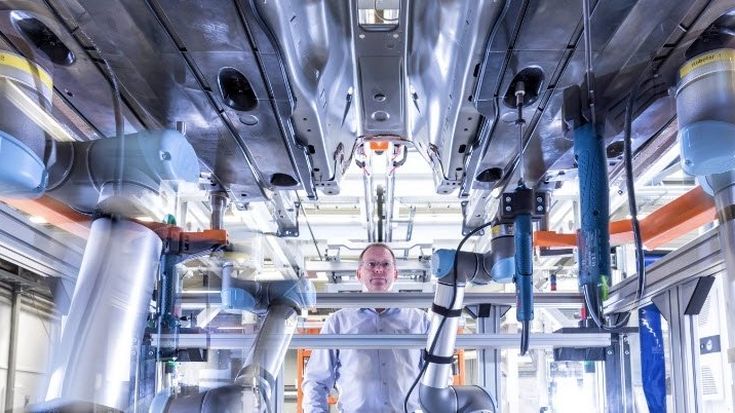The history of robotics has always been closely tied to the automotive industry. In fact, in 1962 General Motors was the first-ever company to deploy industrial robots. And from the 1970s onwards, the whole automotive industry was characterized by the comprehensive use of large robot systems in their production lines...
We believe that collaborative robotic technology can be used to benefit all aspects of task-based businesses – no matter what their size.
We believe that the latest collaborative robot technology should be available to all businesses. The nominal investment cost is quickly recovered as our robotic arms have an average payback period of just six months.

